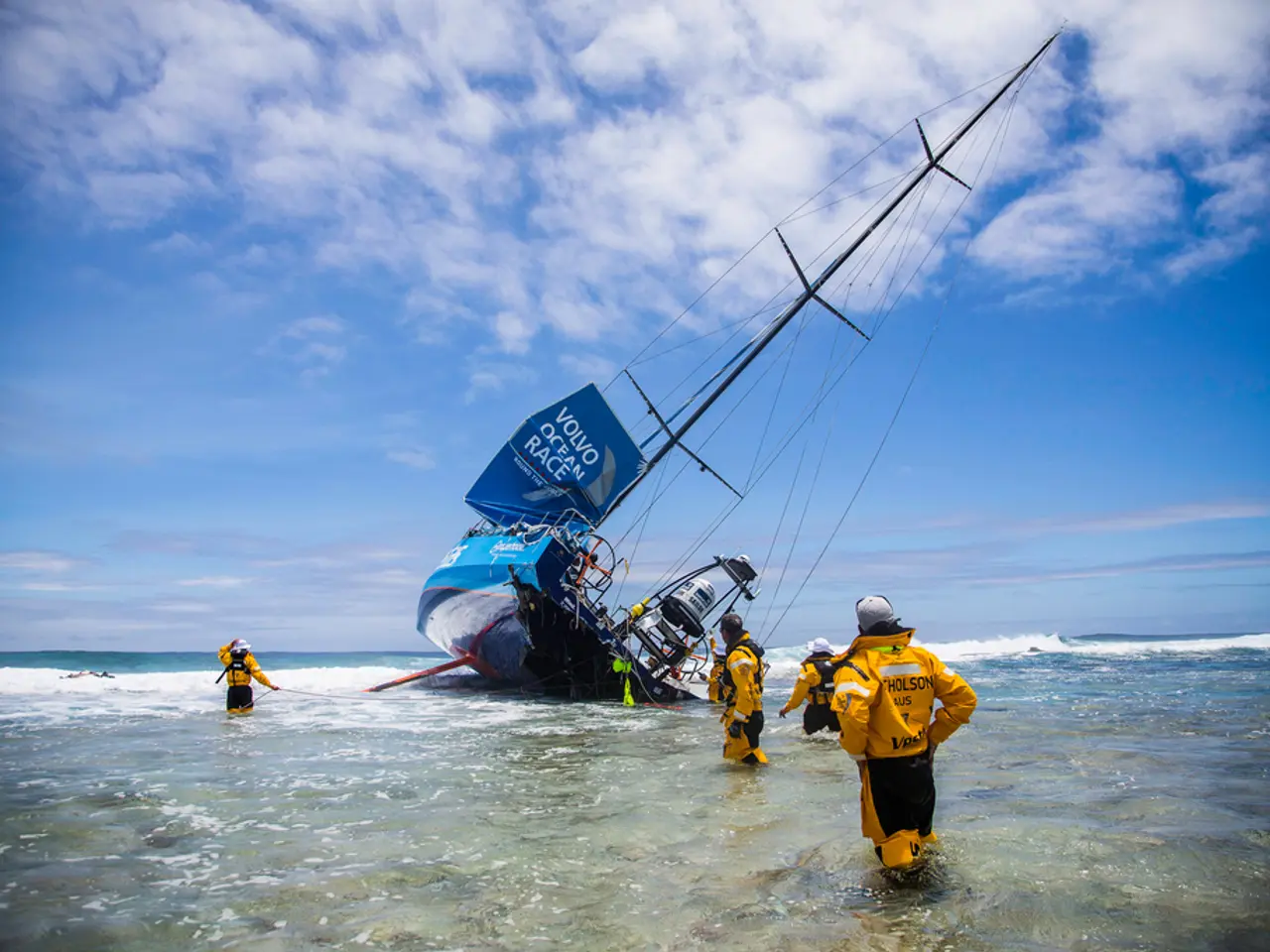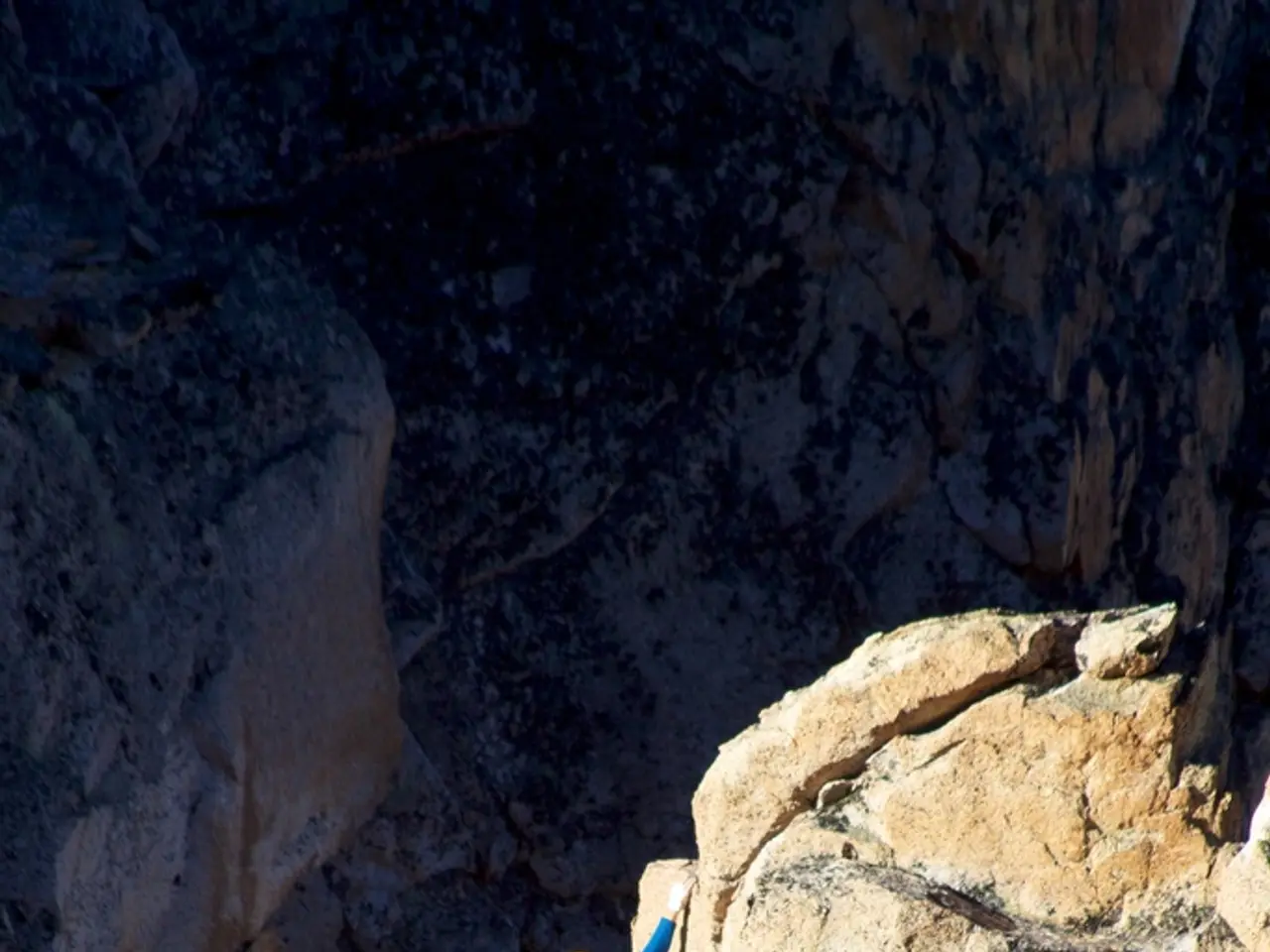Film Pre-Production: A Comprehensive Overview and Explanation
=====================================================
In the world of filmmaking, the journey from concept to screen is a long and intricate one. One of the most crucial stages in this process is pre-production, a meticulous planning phase that lays the foundation for a successful film.
Pre-production begins with locking the shooting script, finalizing the budget, forming a new company if necessary, and hiring key department heads. This is followed by four essential steps: scripting, legal & budgets, creative planning, and logistics.
Scripting involves analysing the script scene by scene to identify necessary elements like actors, props, locations, costumes, and special equipment. This process ensures that every detail is accounted for before the cameras start rolling.
The legal & budgets stage is where a production company is formed, the budget is made and managed, a production schedule is created, and the crew is assembled. This stage is crucial as it sets the financial and logistical framework for the entire project.
Creative planning is where the director's vision is cultivated, storyboards are created, and a shot list is developed. Storyboards visually represent each scene's composition, while shot lists detail exact camera setups, angles, lens choices, and actions to be captured, guiding the crew and director’s vision.
The logistics stage is where suitable filming locations are identified and secured, equipment is rented, and crew members are hired. This stage is also where costume, hair, makeup, and prosthetic trials take place, and a detailed shooting schedule is finalised.
Pre-production is an extensive process that requires the input of various crew members such as the screenwriter, producer, director, production designer, DoP, casting director, location scout, and more. An example of extensive pre-production is the iconic Apple 1984 commercial, where the team spent more time in pre-production than the rest of the entire production.
James Cameron's groundbreaking film, Avatar, also had its intricate details, creature designs, and technological advancements born out of a robust pre-production phase. The importance of pre-production in filmmaking cannot be overstated as it sets the foundation for the entire project, guiding the creative vision and ensuring everyone involved understands their role and purpose.
Pre-production is not limited to feature films; it applies to various projects such as commercials, music videos, and corporate training videos. In the filmmaking process, pre-production is the crucial first chapter where dreams start to find their shape. With proper planning and organisation during pre-production, filmmakers can achieve creative freedom and operational efficiency once filming begins.
Modern technology has also made pre-production more efficient with the use of production management software to streamline the entire film shoot planning procedure. The final chapter in a film's journey is its introduction to the world. It involves marketing, promoting, and bringing the film to the audience through film festivals and screenings, theatrical releases, home entertainment, and streaming platforms. Yet, without a solid pre-production phase, none of this would be possible.
In conclusion, pre-production is an essential part of the filmmaking process, and a successful filmmaking process depends on pre-production. It's essential for any project, big or small. The meticulous planning phase enables creative freedom and operational efficiency once filming begins.
In the realm of moviemaking, scripting – during pre-production – involves a precise, scene-by-scene analysis to encompass actors, props, locations, costumes, and special equipment, ensuring every detail is accounted for before the cameras begin to roll. Creative planning, another significant component of pre-production, is where the director's vision is crafted, storyboards are created, and a shot list is developed, visually representing each scene's composition and detailing camera setups, angles, and actions to be captured.








